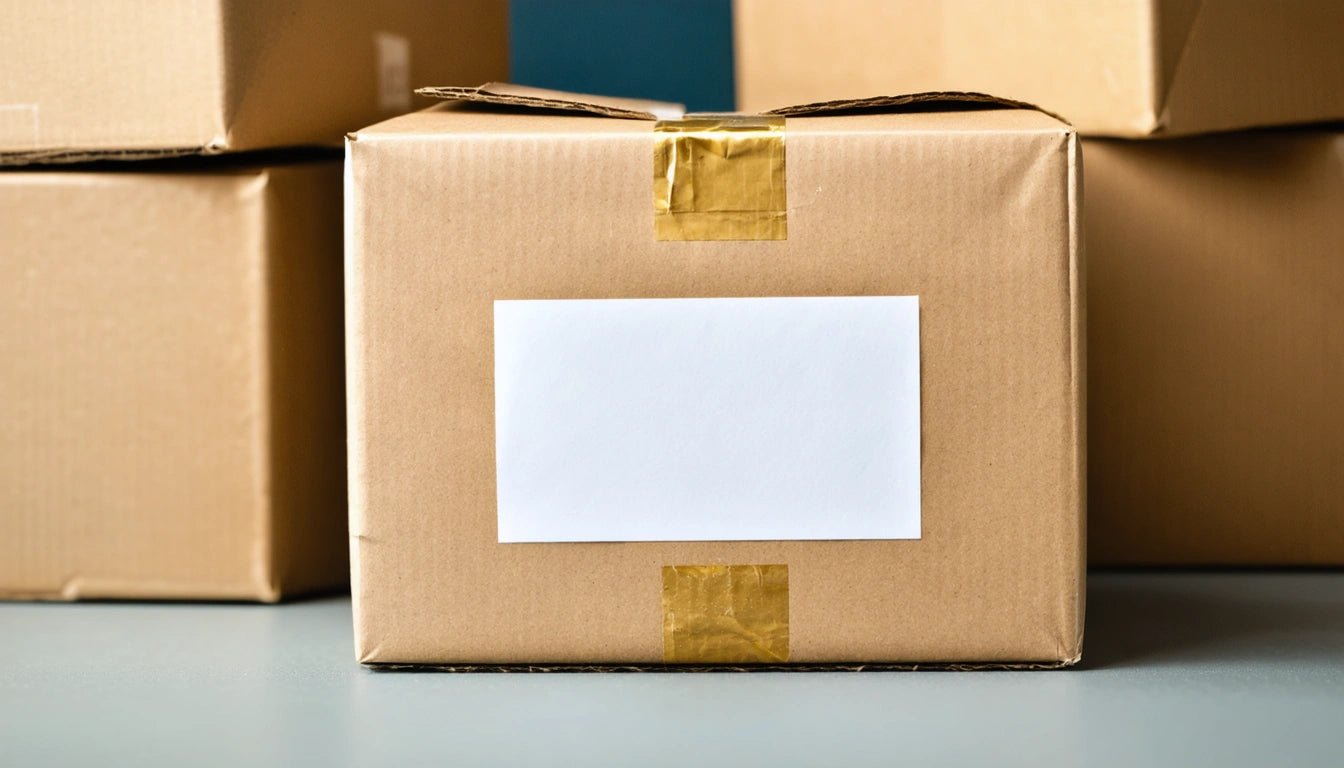Table of Contents
How to Create and Print the Best Shipping Labels at Home
Creating and printing shipping labels at home can save time, money, and trips to the post office. Whether you're running a small business, selling items online, or simply sending packages to friends and family, learning how to make your own shipping labels is an essential skill in today's e-commerce world. This guide covers everything from selecting the best shipping label printer to troubleshooting common issues.
Choosing the Best Shipping Label Printer for Home Use
Investing in the right printer is crucial for quality shipping labels that won't fade or become unreadable during transit.
Thermal vs. Inkjet Printers
When searching for the best shipping label printer, you'll encounter two main types:
- Thermal Printers: These printers use heat rather than ink to create labels. They're ideal for high-volume shipping because they don't require ink replacements. Popular models include the DYMO LabelWriter 4XL and the Rollo Label Printer.
- Inkjet Printers: Standard home printers can print shipping labels on regular paper or adhesive label sheets. While less specialized, they're versatile for multiple uses beyond shipping.
For occasional shippers, a regular home printer works fine. However, if you're shipping more than 5-10 packages weekly, a dedicated thermal printer will quickly pay for itself in saved time and supplies.
Creating Shipping Labels Through Different Carriers
Each shipping carrier offers different methods to create labels online.
How to Make a USPS Shipping Label
The United States Postal Service offers several ways to create shipping labels:
- USPS.com: Create an account, enter package details, and pay for postage online.
- Click-N-Ship: USPS's dedicated label creation service that allows you to print directly or save as PDF.
- Stamps.com: A subscription service that offers discounted USPS rates and batch label printing.
When learning how to make a USPS shipping label, remember that you can schedule free package pickup from your home, eliminating trips to the post office entirely.
UPS and FedEx Label Creation
Both UPS and FedEx offer similar online tools:
- UPS.com: Create a shipment, enter details, and print your label.
- FedEx.com: Use their shipping manager to create labels with various service options.
Many e-commerce platforms like Shopify, Etsy, and eBay also offer integrated shipping label creation with discounted commercial rates.
How to Print Shipping Labels Without Specialized Equipment
No dedicated label printer? No problem. Here are methods to print shipping labels using standard equipment:
Paper and Tape Method
The simplest approach to how to print shipping labels at home:
- Print your label on regular paper
- Cut around the label edges
- Secure to your package using clear packing tape, ensuring the entire label is covered
When using this method, make sure the barcode is flat and not distorted by tape bubbles or wrinkles. According to packaging specialists who work with various shipping materials, proper application of shipping labels significantly reduces delivery issues and scanning problems.
Using Label Sheets
For a more professional look:
- Purchase adhesive label sheets (8.5" x 11") compatible with your printer
- Select the correct label template when printing
- Peel and apply directly to your package
This method works well for standard-sized labels and creates a more professional appearance than the paper and tape method.
Common Issues When Creating Your Own Shipping Labels
Even experienced shippers encounter problems. Here are solutions to common issues:
Address Verification Problems
If you receive address verification errors:
- Double-check all address components, especially apartment numbers
- Ensure city, state, and ZIP code match
- Use the USPS address verification tool to confirm deliverability
When shipping to unusual destinations or remote areas, consider calling the carrier directly to confirm address formatting.
Barcode Scanning Issues
If your labels aren't scanning properly:
- Ensure print quality is high with no smudging
- Print at 100% scale (not resized)
- Cover the entire label with clear tape if using the paper method
When shipping fragile items like vinyl records or artwork, proper label placement becomes even more critical to ensure special handling instructions are visible.
Cost-Saving Tips for Home Shipping Operations
Creating your own shipping labels offers numerous opportunities to save:
Carrier Discounts and Comparison
Online rates are typically 20-40% lower than retail counter prices. Further maximize savings by:
- Using shipping rate comparison tools like Pirate Ship or ShipStation
- Taking advantage of cubic pricing for small, heavy items
- Selecting the right service level for your timeframe needs
When shipping in volume, even small per-package savings add up quickly.
Packaging Optimization
Right-sizing your packaging reduces costs:
- Use dimensional weight calculators to optimize package sizes
- Source affordable shipping supplies in bulk
- Consider flat-rate options when shipping heavier items
For specialized shipping needs like fragile or perishable items, proper packaging becomes even more important than label creation.
Future of Home Shipping and Label Technology
The home shipping landscape continues to evolve with new technologies making the process even more accessible. Mobile label printing apps now allow creation and printing directly from smartphones. QR codes are increasingly supplementing traditional barcodes for more detailed tracking information.
As e-commerce continues to grow, expect to see more integrated shipping solutions that combine label creation, carrier selection, and tracking in seamless platforms. For home-based sellers and occasional shippers alike, the ability to create professional shipping labels will remain an essential skill in the digital marketplace.
Whether you're shipping products to customers, sending gifts to loved ones, or returning online purchases, mastering how to make your own shipping labels provides convenience, cost savings, and control over your shipping process.



















